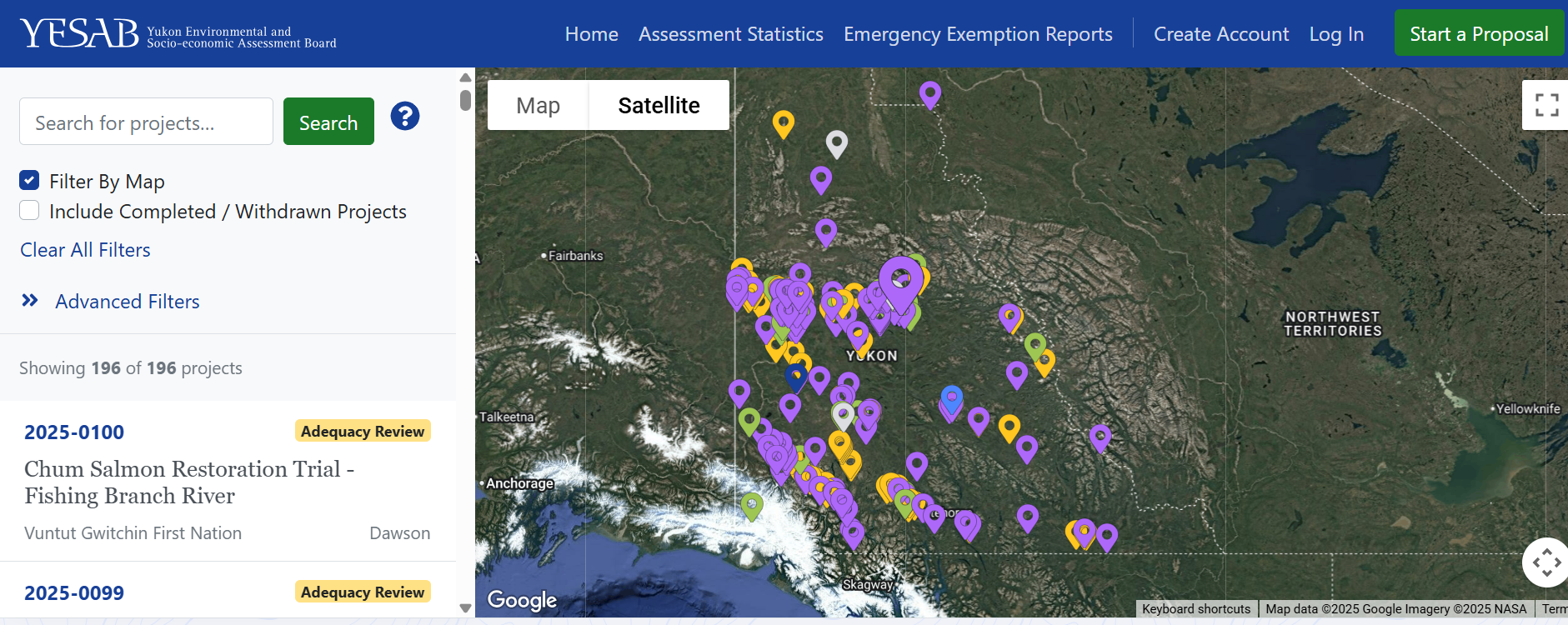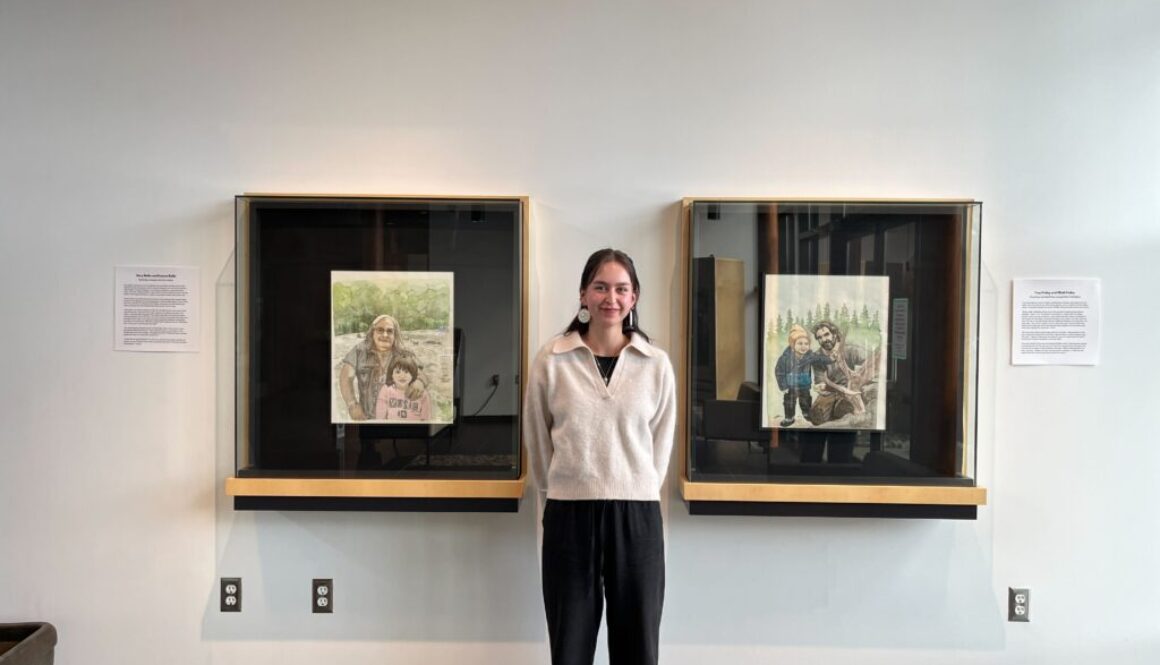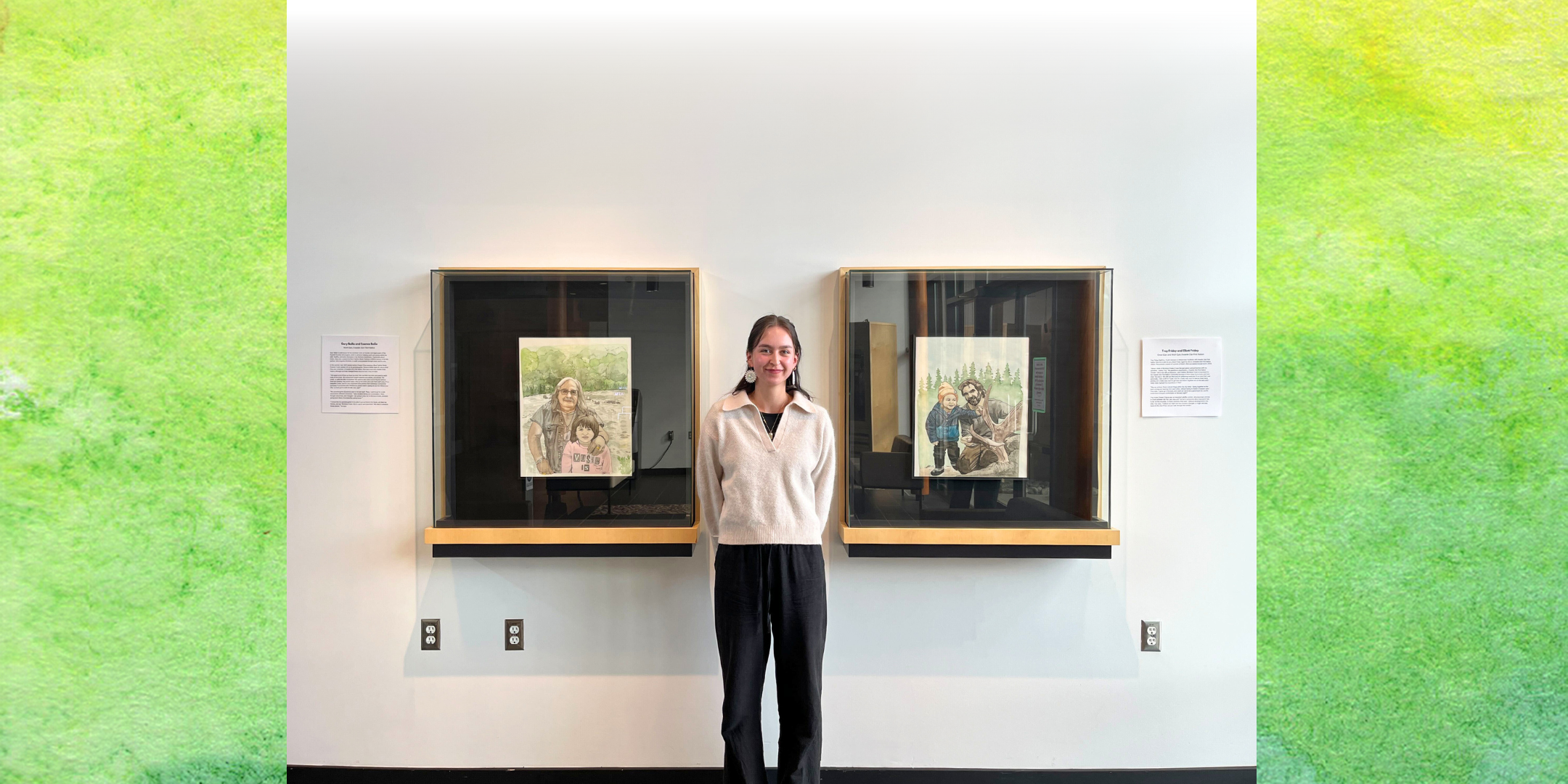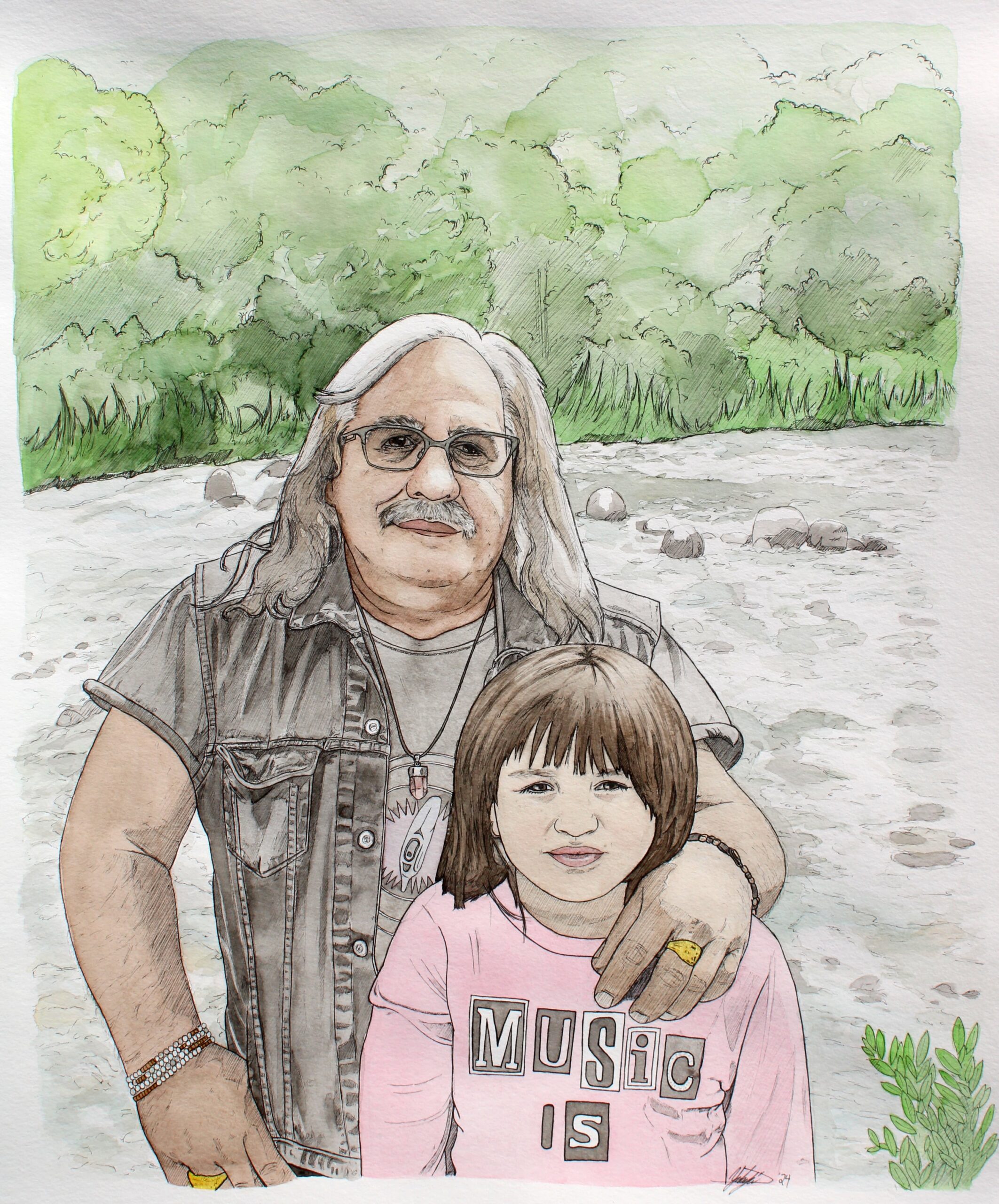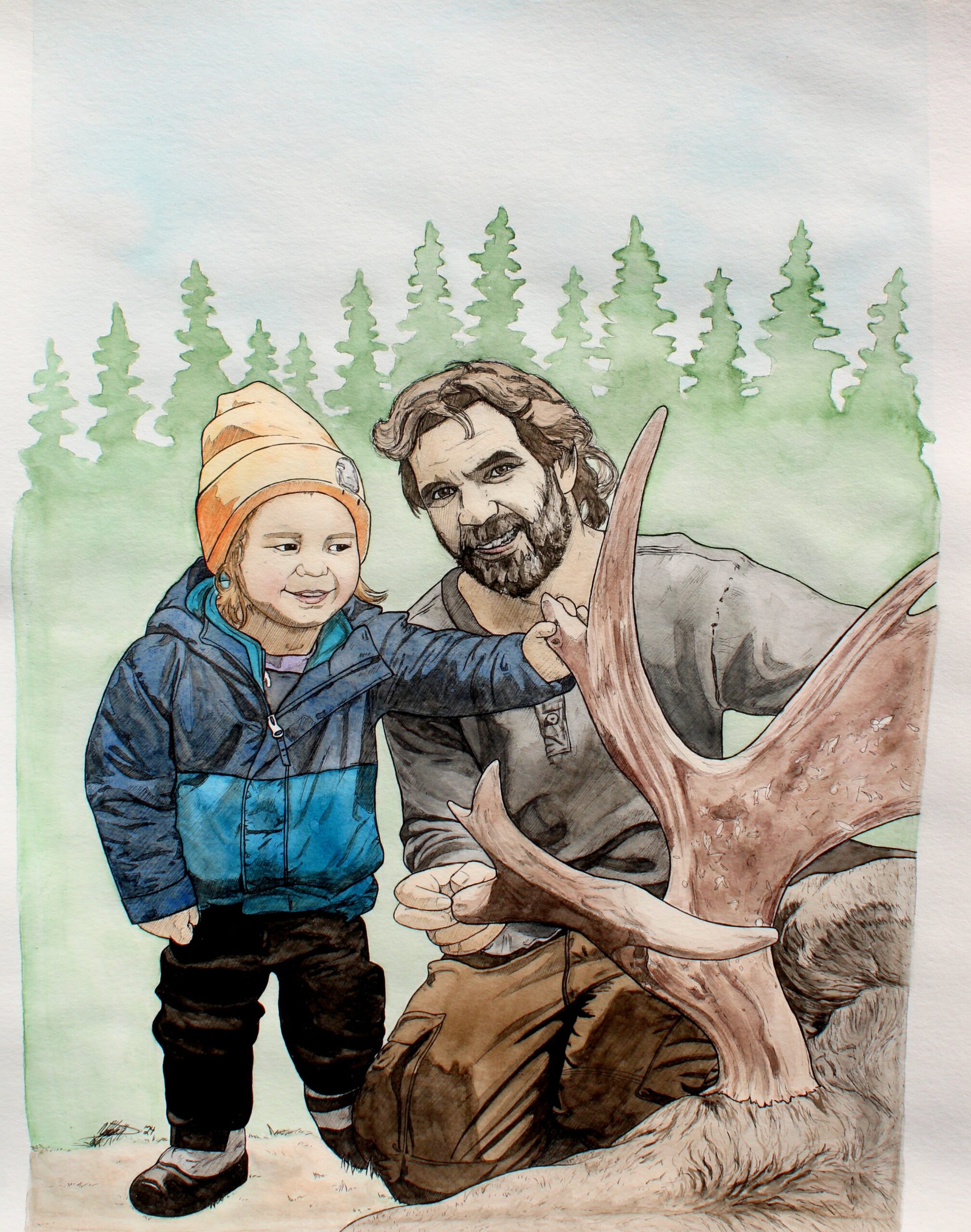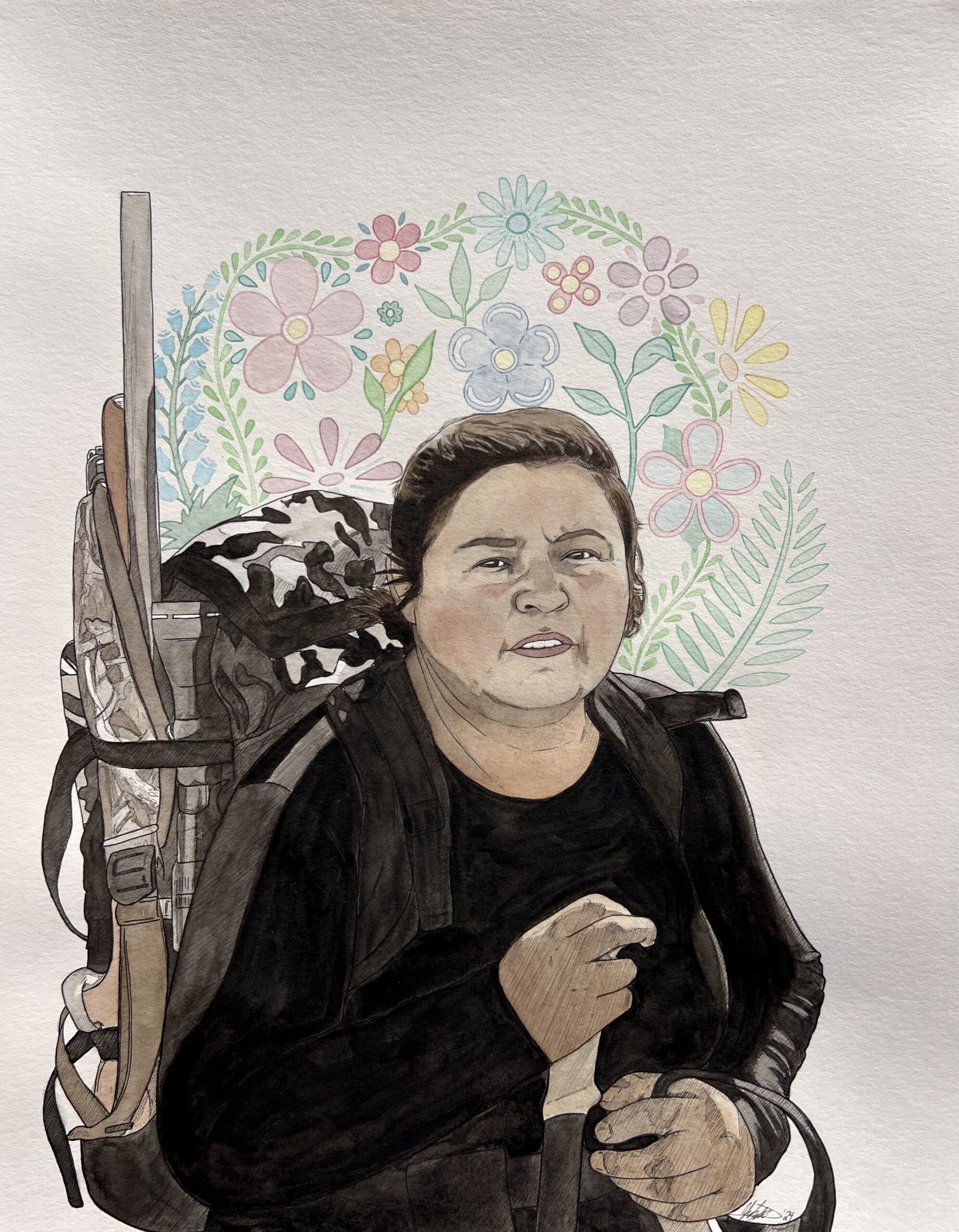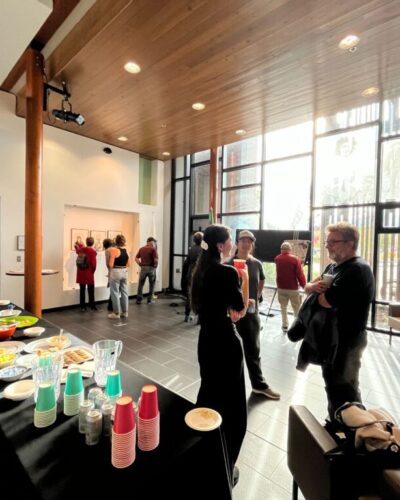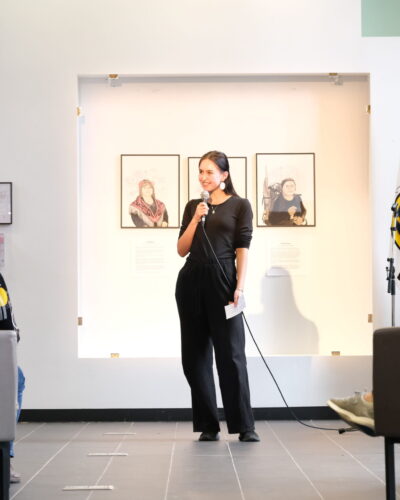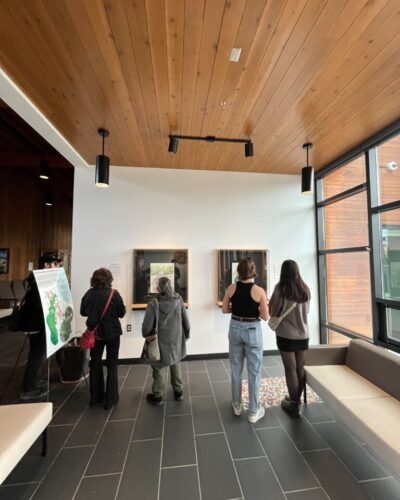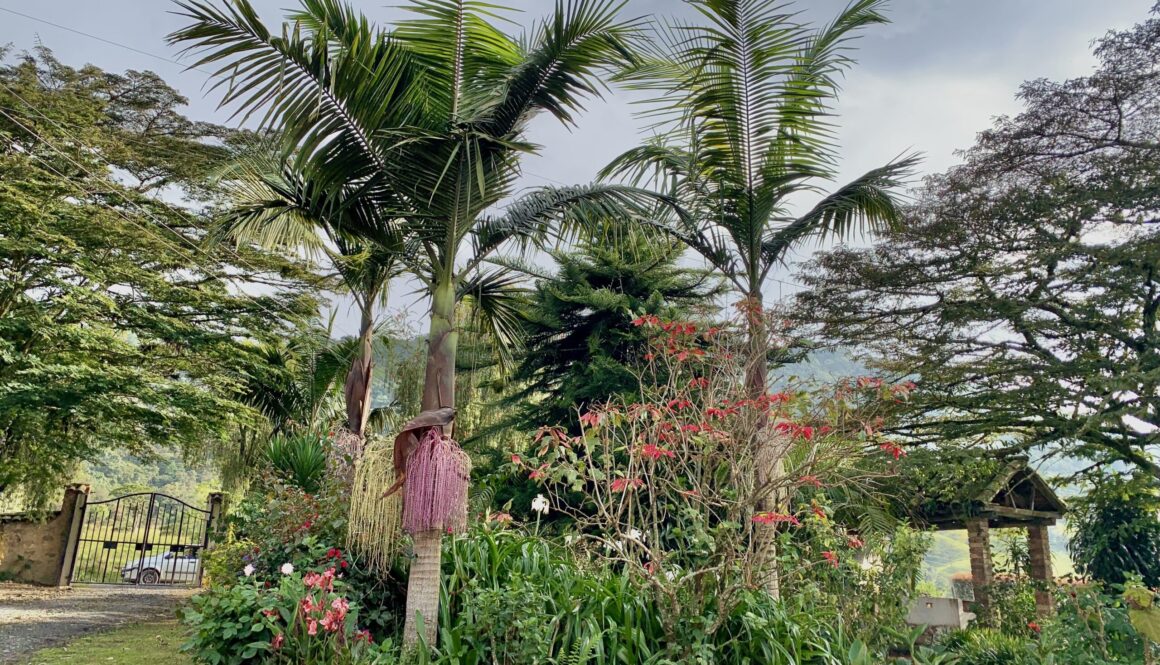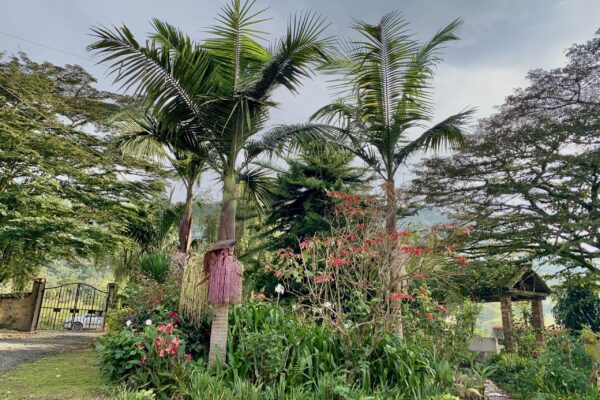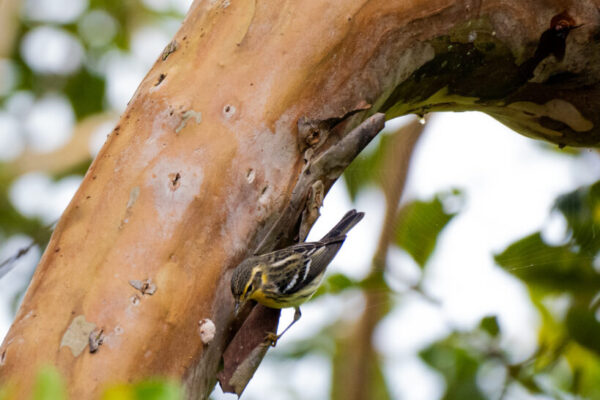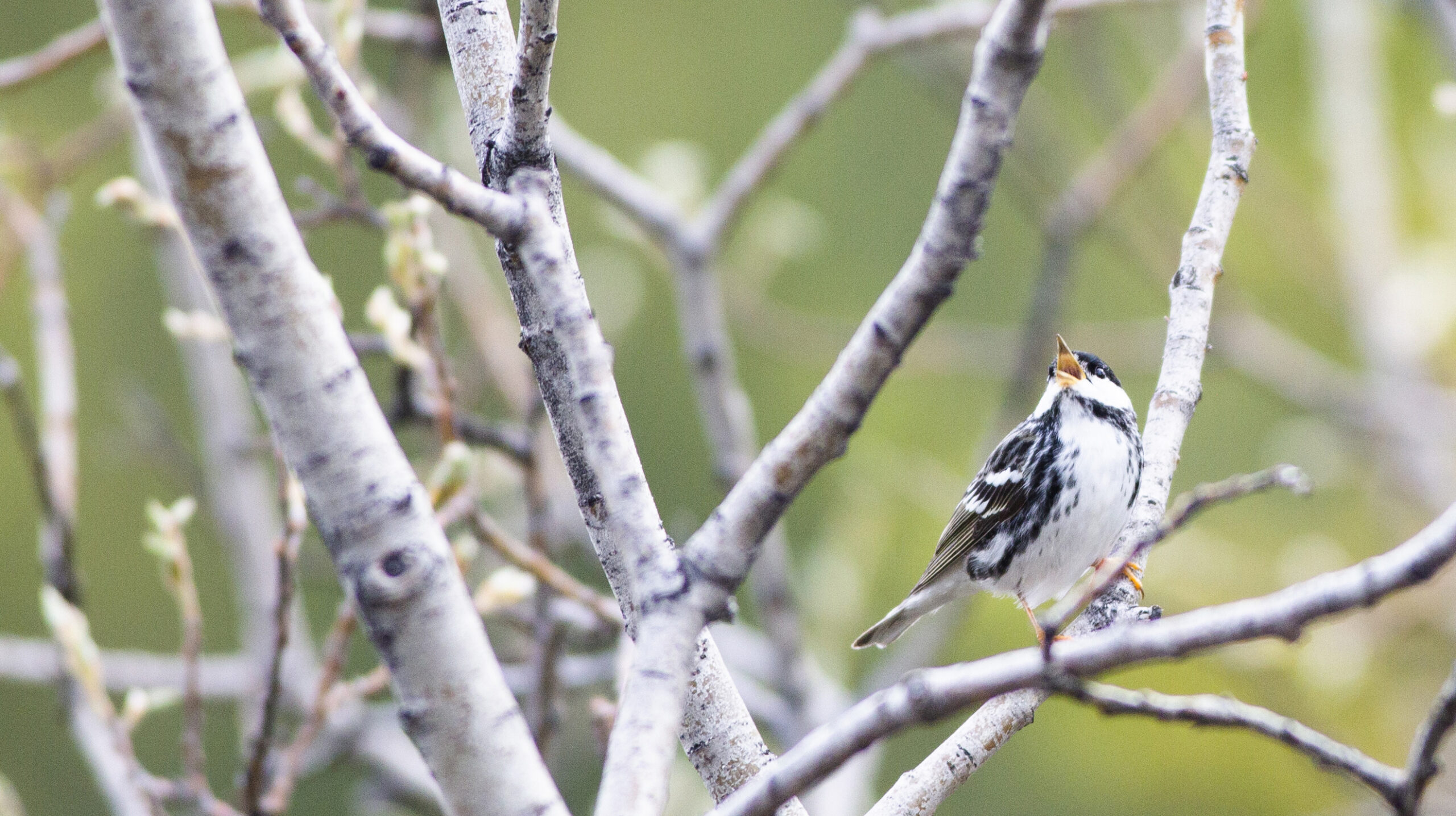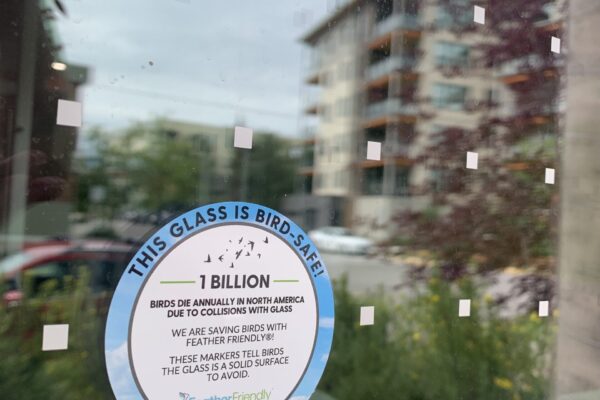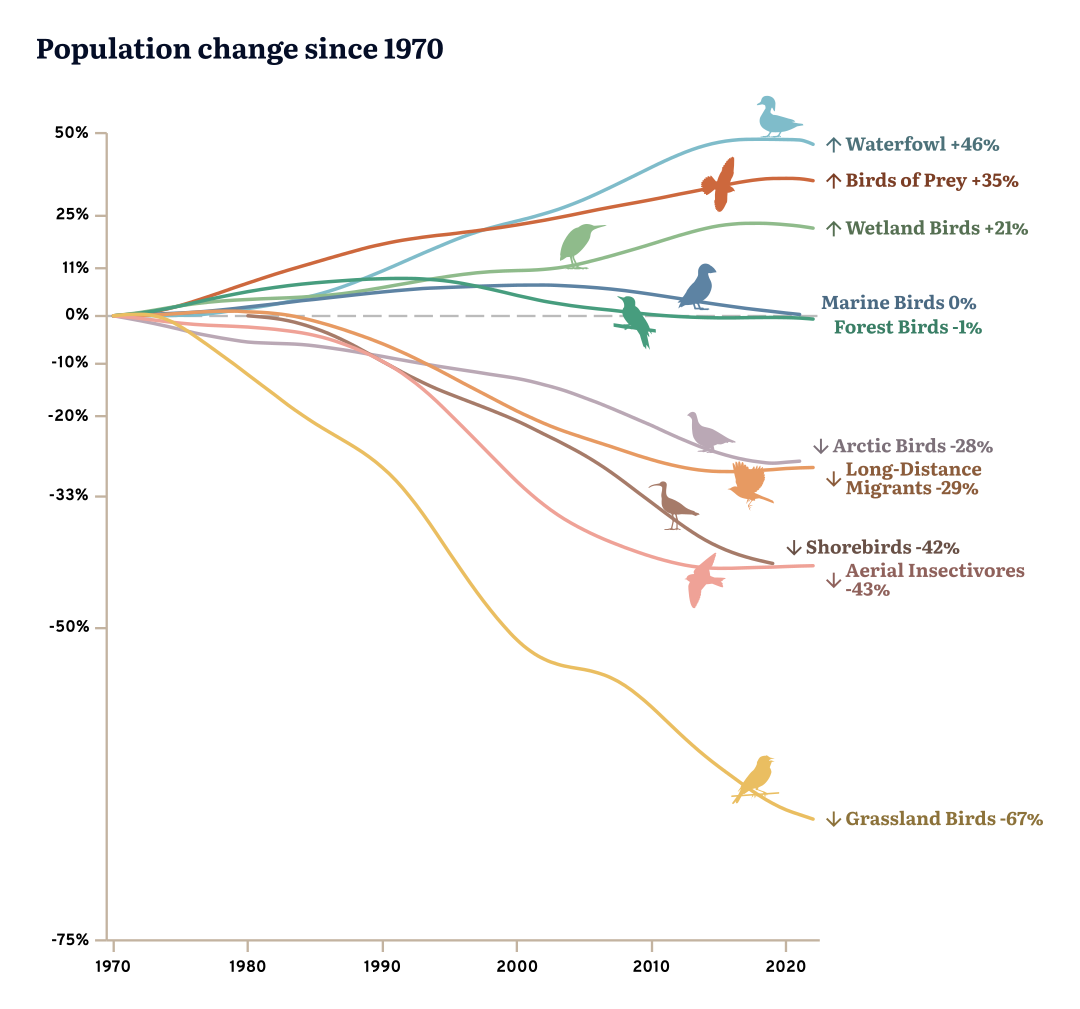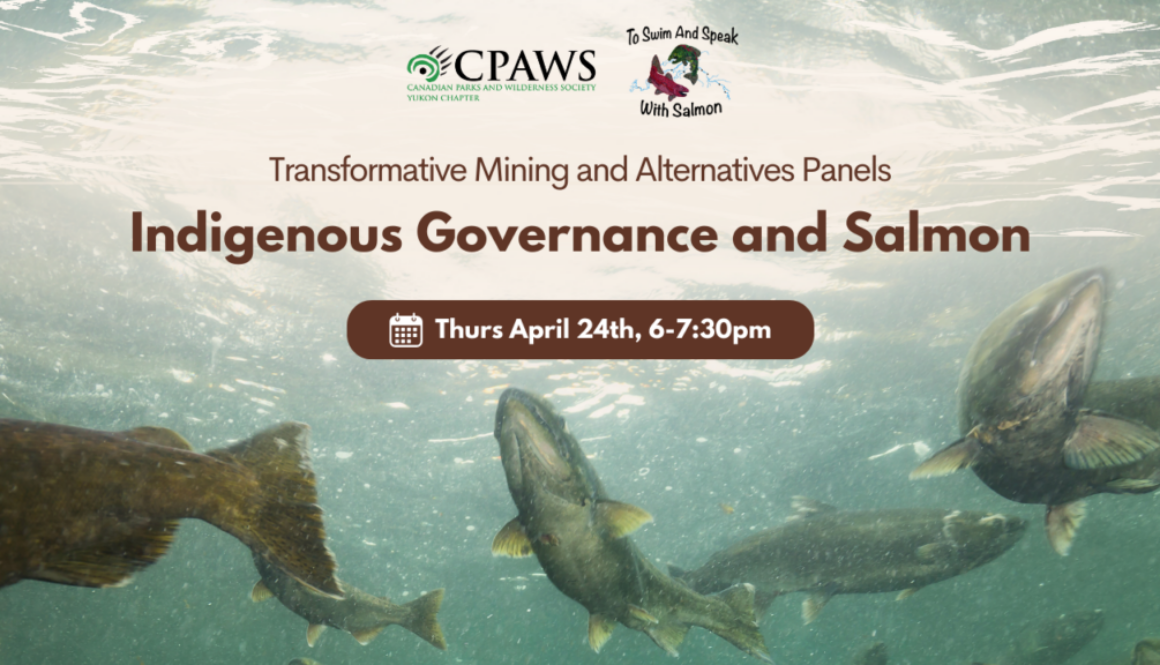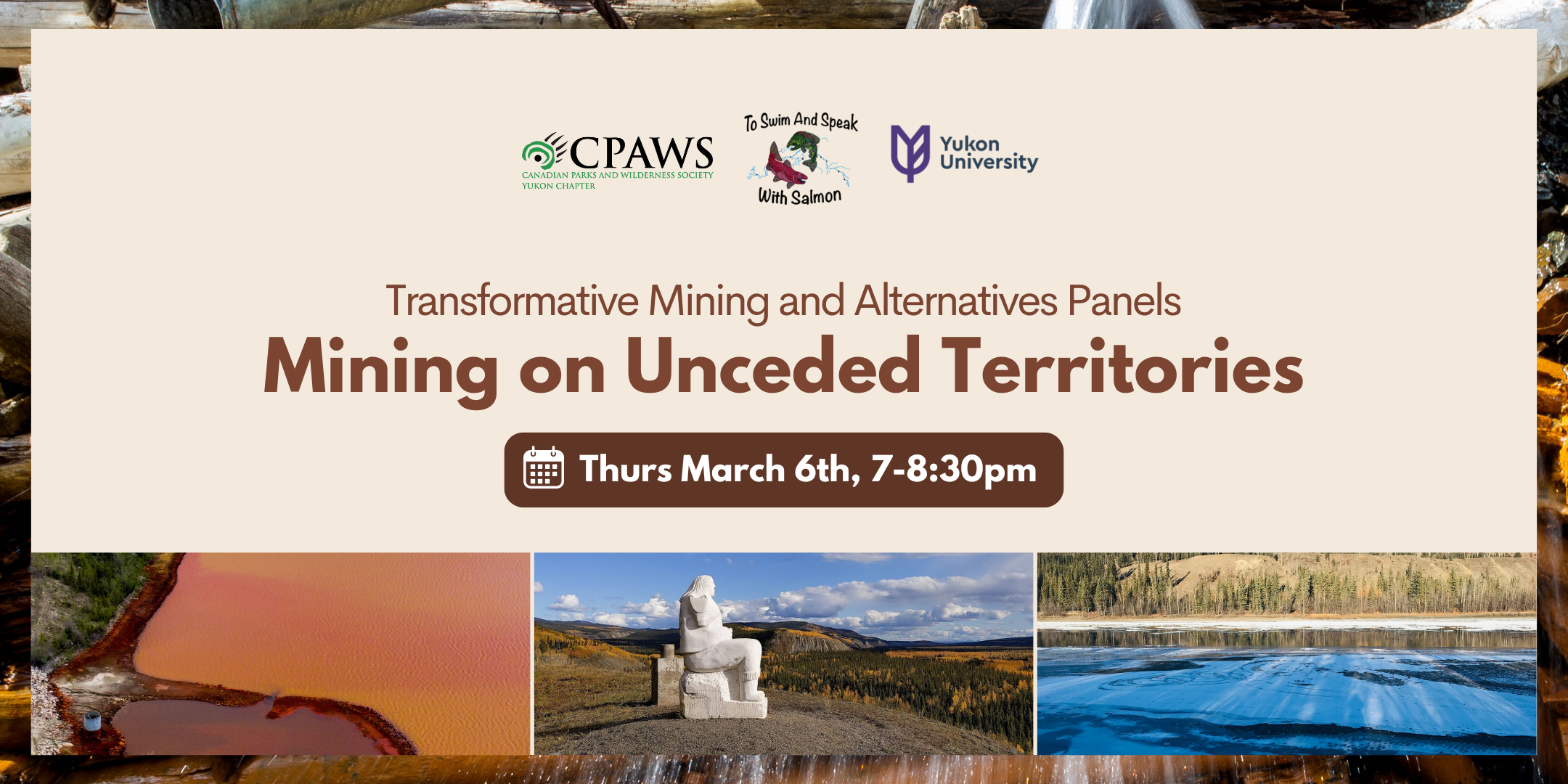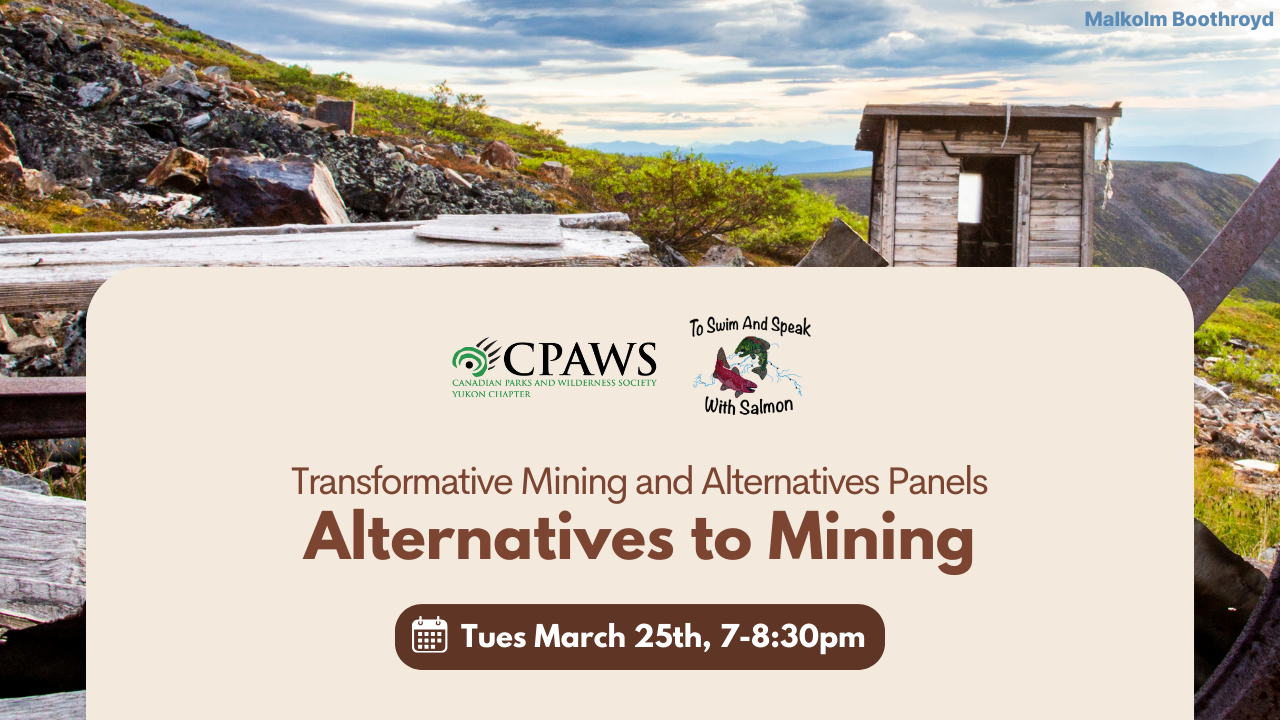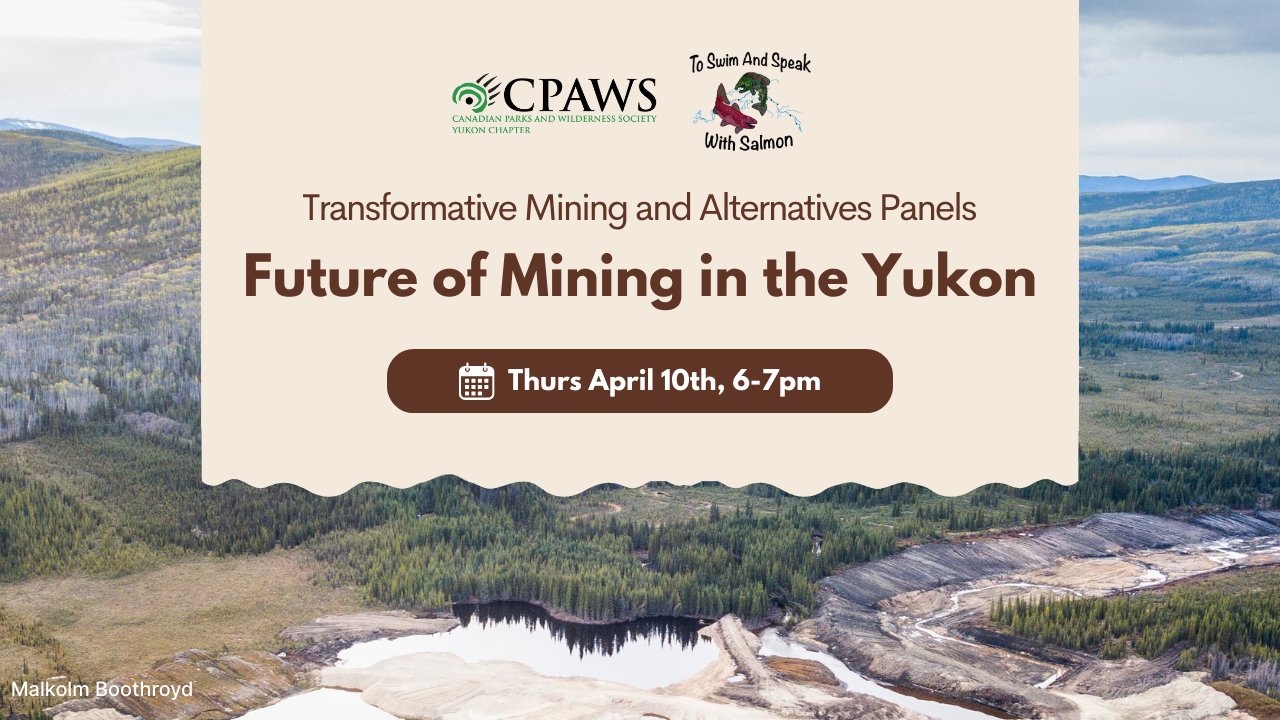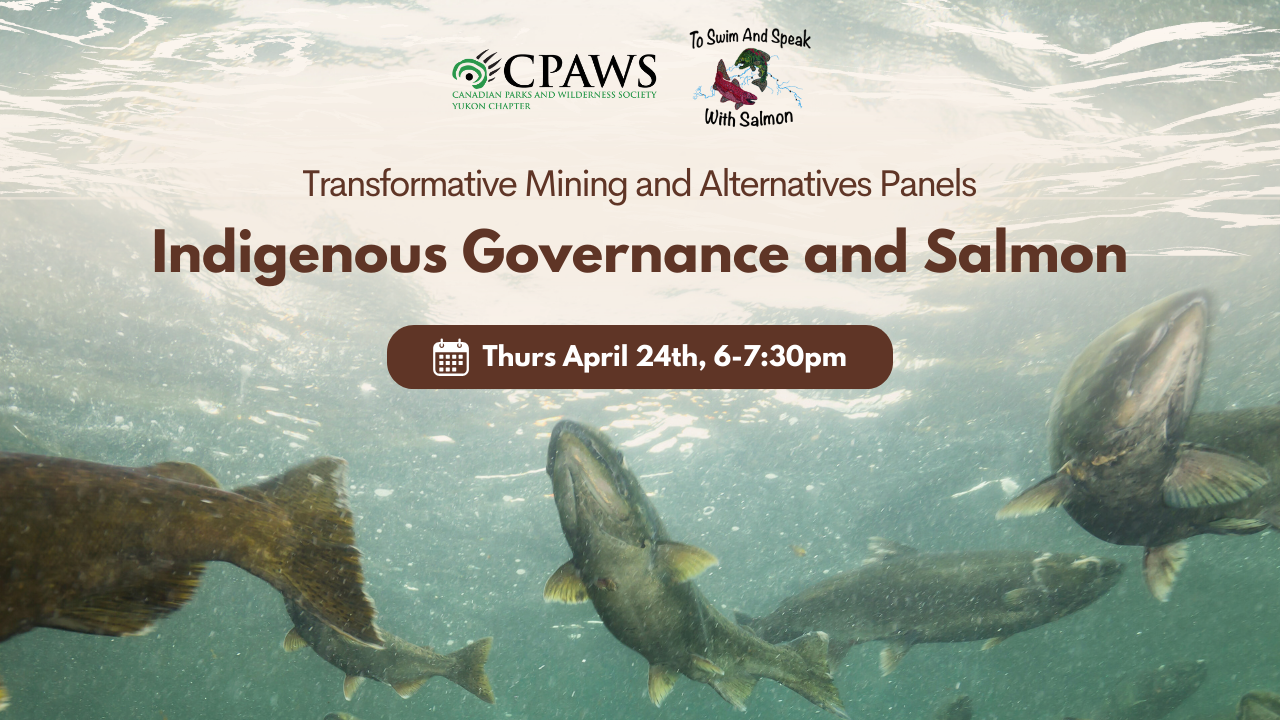Reconnecting in Mayo
Written by: Joti Rosholt, Community Outreach Manager | November 21, 2025
In early November, the CPAWS Outreach team, Nicole Schafenacker and myself, travelled to the community of Mayo. Our visit was filled with moments that grounded our work and began to give shape to the coming year. We walked the interpretive trails built by Mayo community members and learned from the stories held within the land and water. Overhead, the November Supermoon and auroras framed the visit.
- Joti (left) and Nicole (right), CPAWS Yukon's outreach team in Mayo
- Elder Walter Peter (left) and Joti (right)
- Walking on trails built by the community of Mayo
- Nicole (left) and Elder Walter Peter (right)
Spending time in Northern communities like Mayo and with the First Nations whose territory is under many different stresses, like development and climate change, is foundational to how CPAWS Yukon goes about its work to help safeguard the integrity of the environment.
The First Nation of Na-Cho Nyäk Dun was hosting its annual Fall Feast for the whole community, and we were lucky to join in the fun and witness everyone’s immense generosity. This year’s Fall Feast was later than usual due to some sudden and tragic losses faced by the First Nation. The grief was very near and felt palpable.
This community has been navigating constant waves of grief and loss in recent years, not only from losing beloved community members, but also the loss of safe pristine water, inter-generational knowledge, teachings and culture, and ways of life that depended on the waters impacted by the recent cyanide disaster at Eagle Gold, into Haggart Creek.
Nicole and I listened to Citizens share the impacts of losing the use of this area, and also about the continued burden of this disaster on the First Nation of Na-Cho Nyäk Dun as they relentlessly work with others to prevent potentially catastrophic releases of poisoned water out from the mine-site.
While Mayo has continued to face losses that most people would find unimaginable, this visit reinforced what we have already seen – an equally unimaginable amount of strength. This was also apparent to us as we travelled with Citizens from the headwaters of the Stewart river and back to Mayo, part of the traditional routes people used regularly – a journey that required a large amount of strength and skill.
It was great to reconnect with folks again after that journey, to visit with Elders like Walter Peter, and to help where we could at the Youth Centre. The amazing team there creates opportunities for Elders and other knowledge holders to pass on sewing skills to the youth, to learn about community safety from the new and dedicated Community Safety Officers, and to see firsthand what is happening on the ground and in the community.
This week in Whitehorse FNNND took the time to give a public update on the Heap Leach disaster, as well as their new Mining Policy, borne in the absence of adequate and up-to-date mining laws.
As regional land planning approaches in the Stewart Watershed, and the new Yukon government decides how it will approach the long overdue mining legislation changes, CPAWS Yukon will continue to listen, learn, share with others, and work to ensure the lands and waters are safe today and for future generations of people, plants, fish and animals.

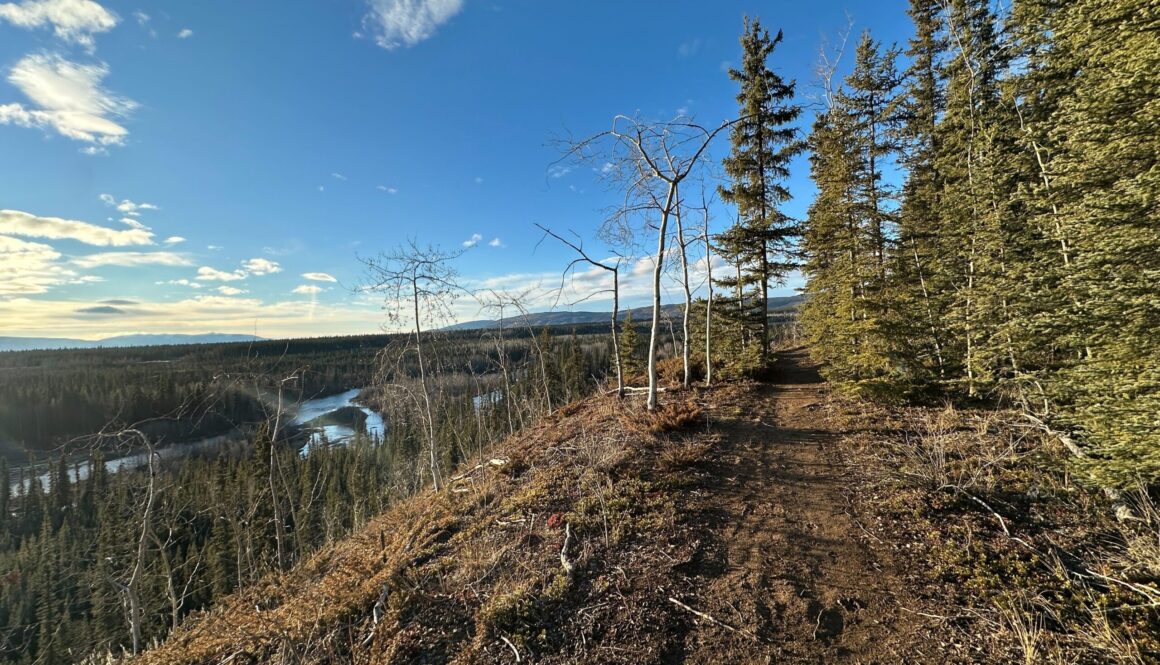
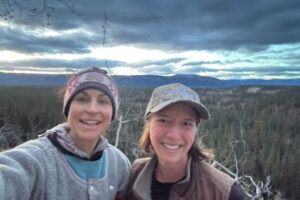

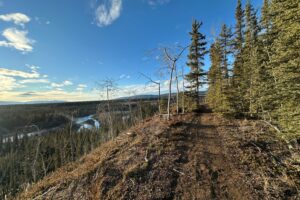
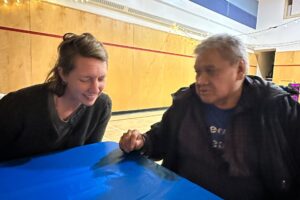

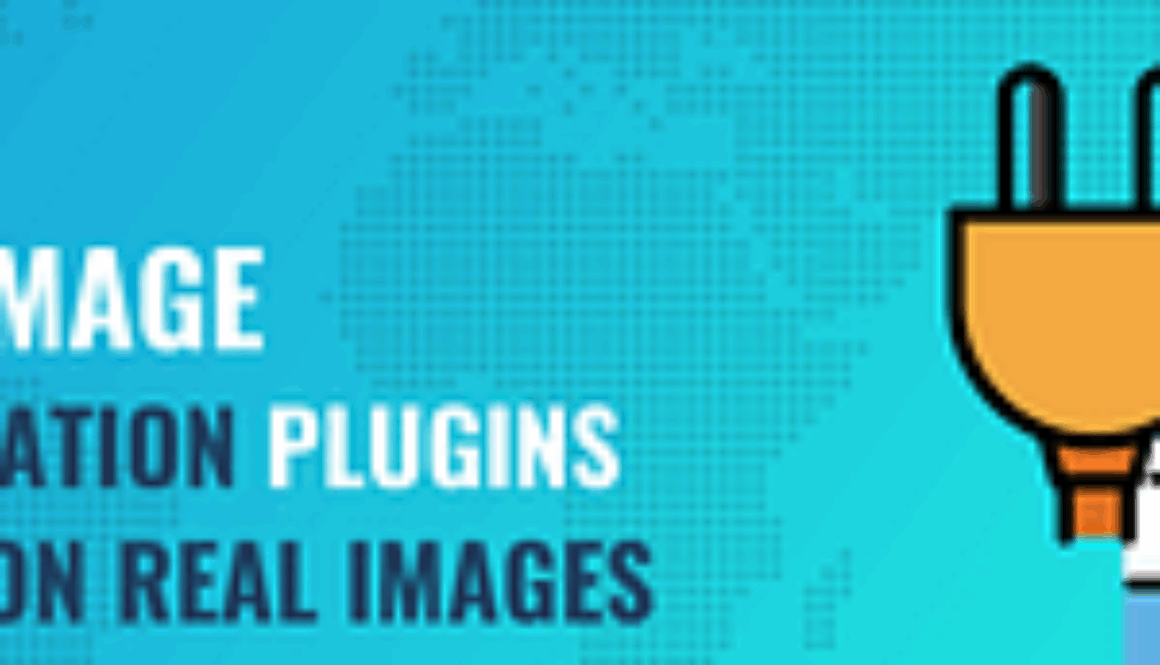
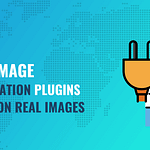 Looking for the best image optimization plugin for WordPress? To help you choose, we went hands-on with five popular options and ran our own tests. See the results of these tests here.
Looking for the best image optimization plugin for WordPress? To help you choose, we went hands-on with five popular options and ran our own tests. See the results of these tests here.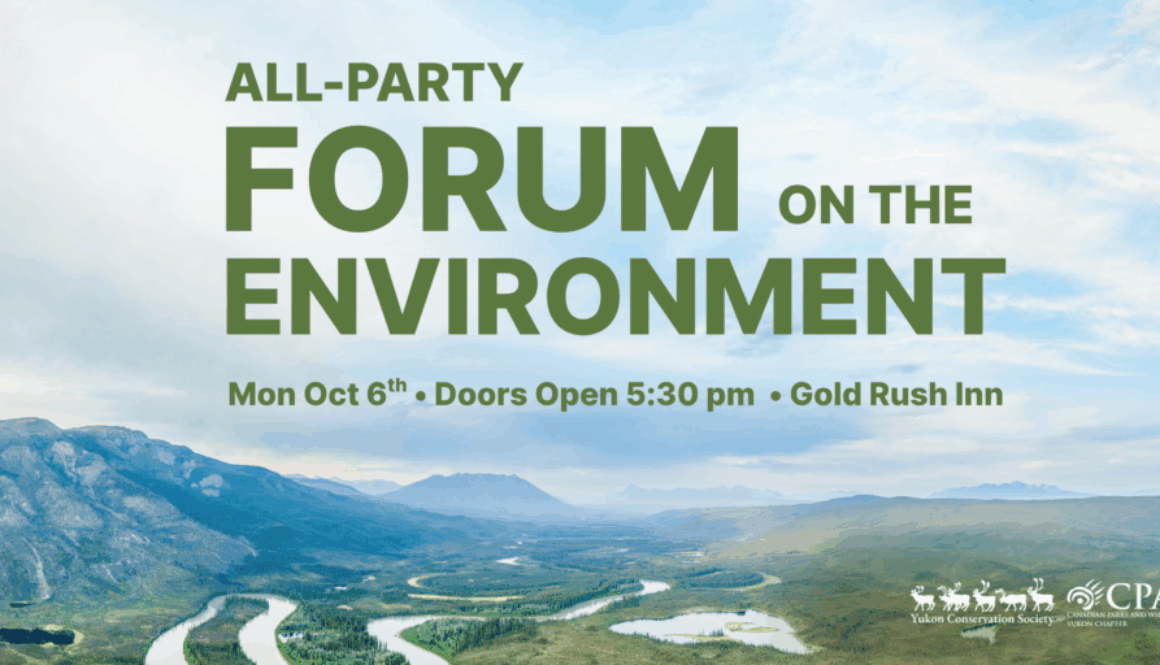
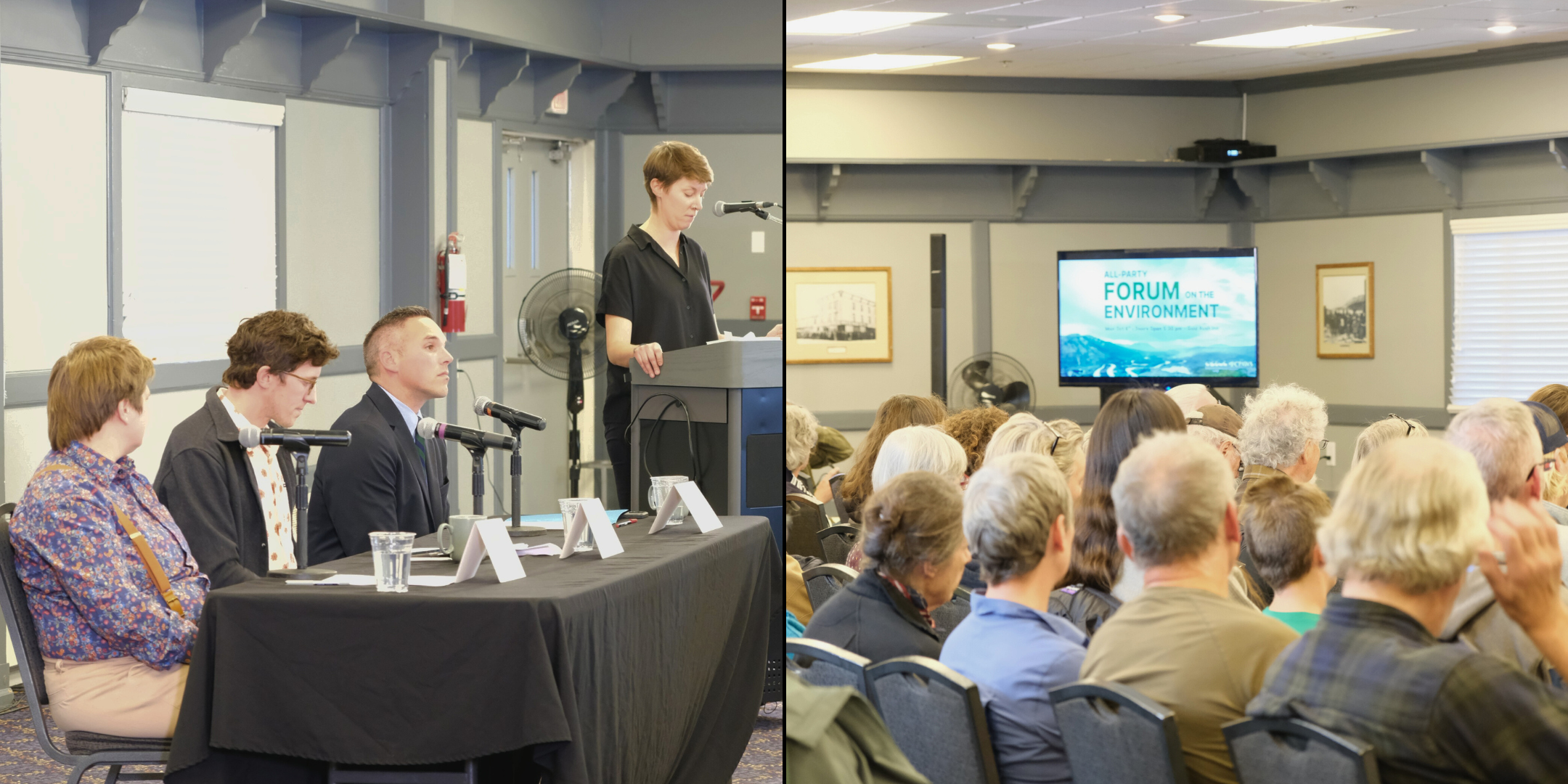

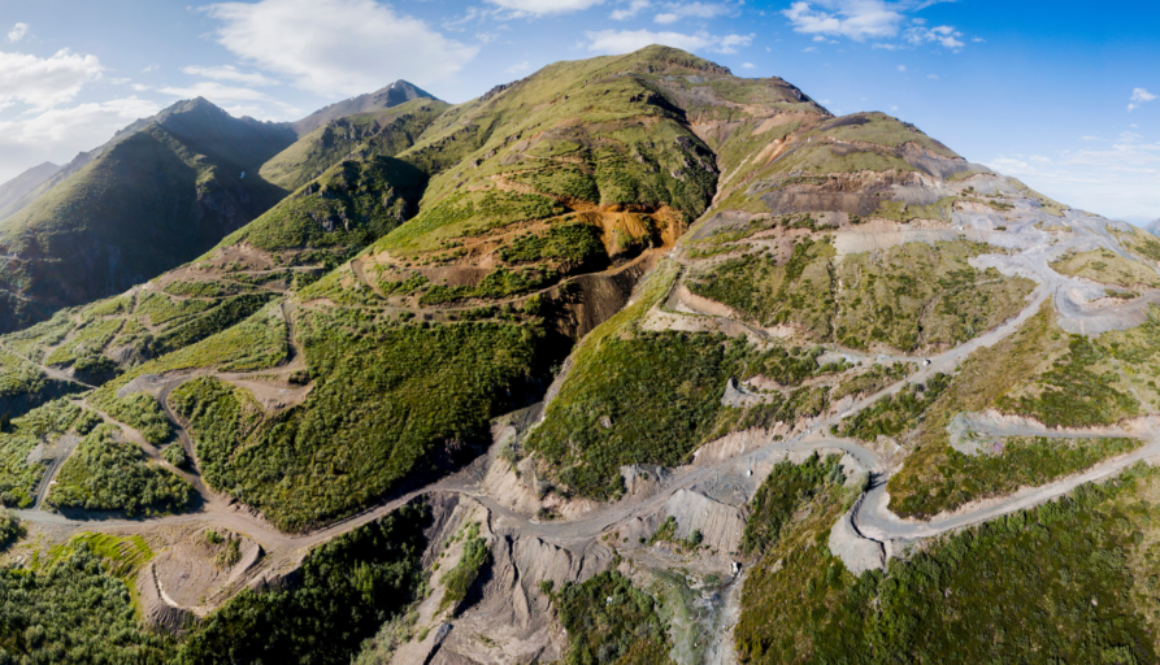
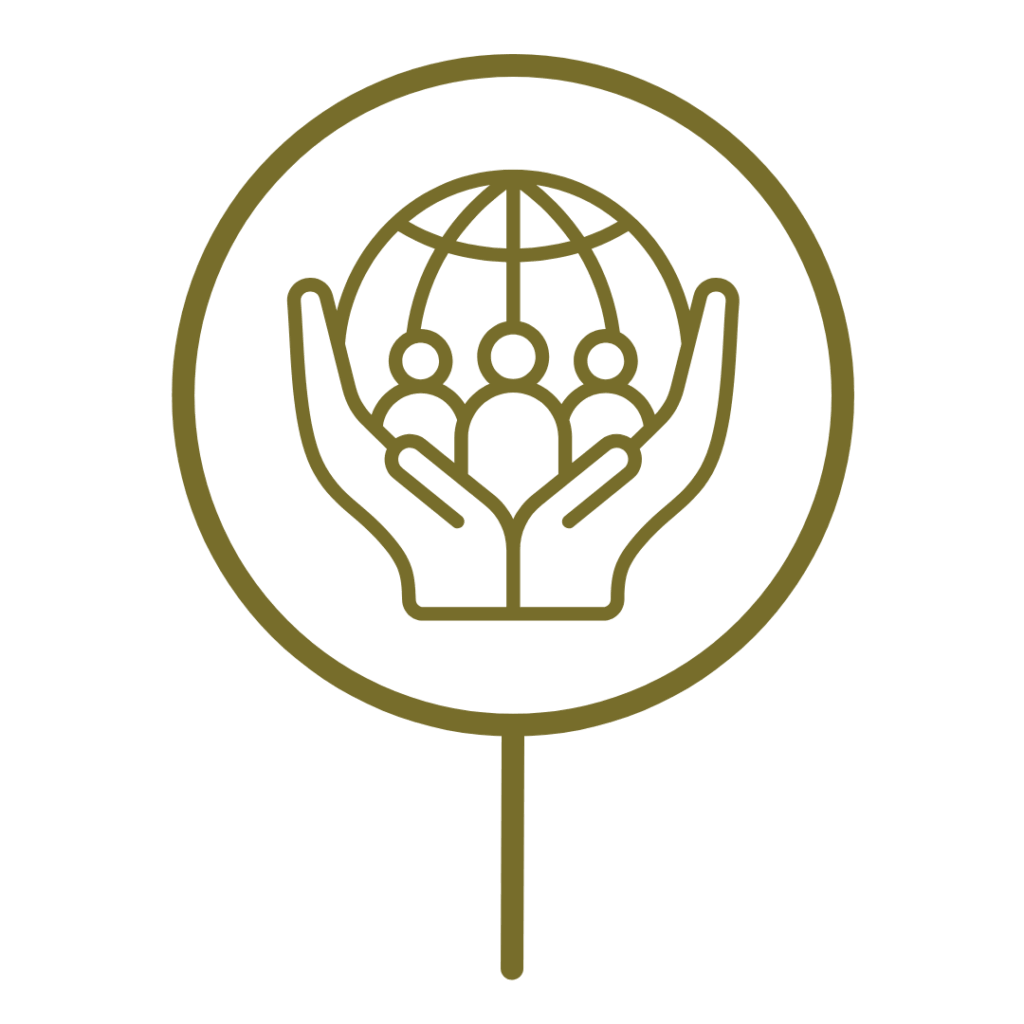
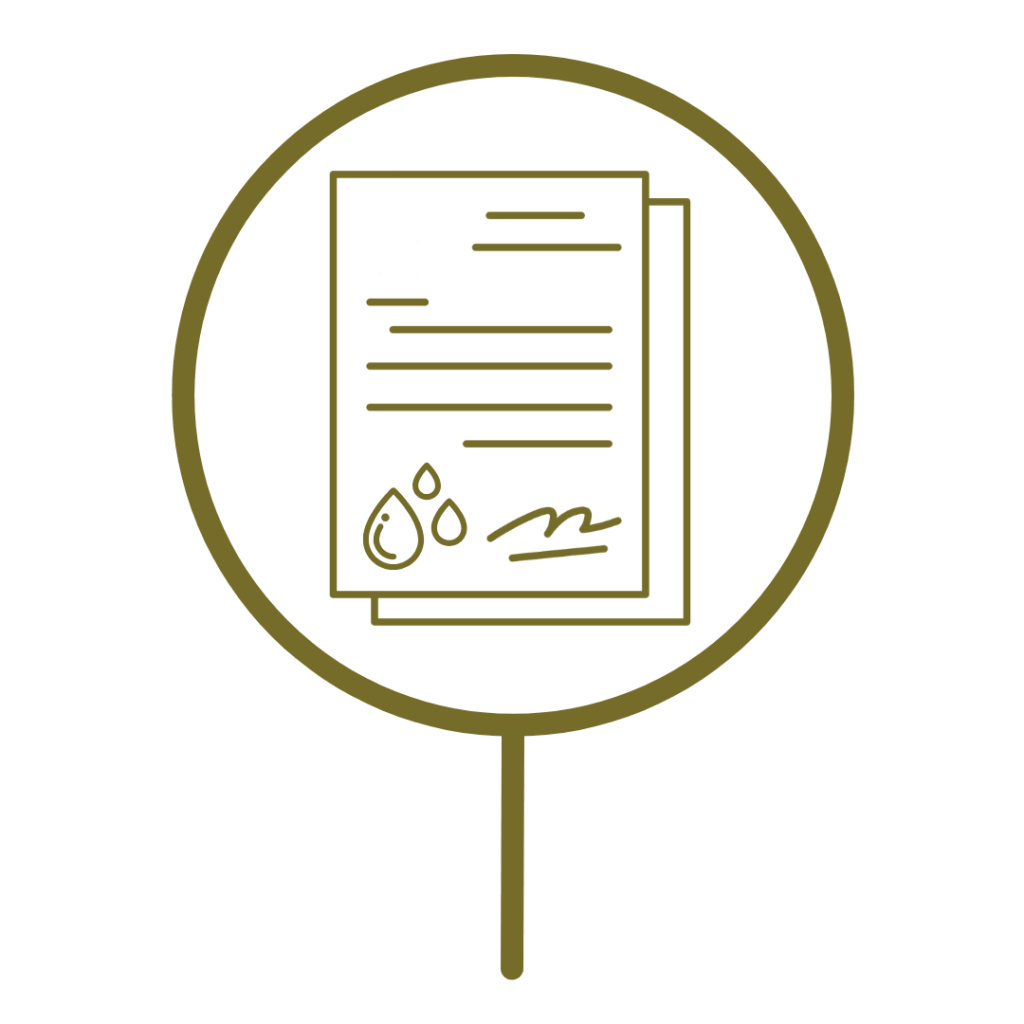 Step 2
Step 2 Step 3
Step 3
